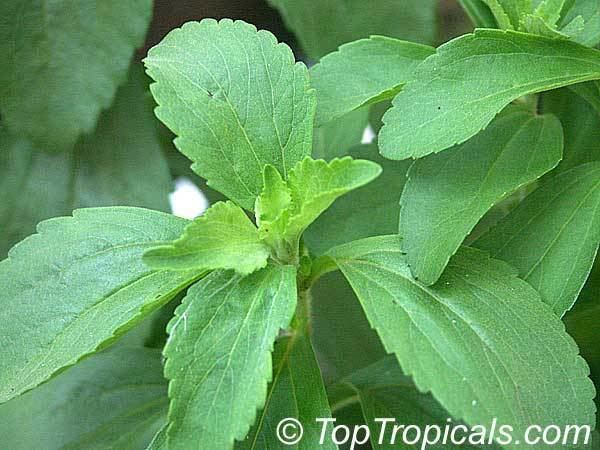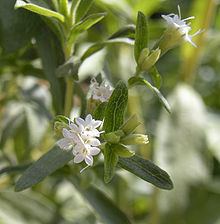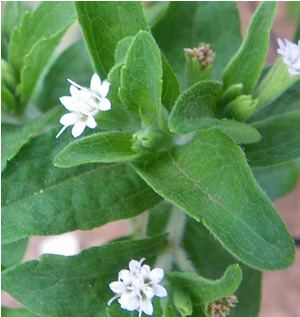Domain Eukaryota | Tribe Eupatorieae Scientific name Stevia rebaudiana Rank Species | |
 | ||
Similar Stevia, Liquorice, Jiaogulan, Luo Han Guo, Daisy family | ||
How to harvest and save stevia rebaudiana seeds aka sweet leaf herb
Stevia rebaudiana is a plant species in the genus Stevia of the sunflower family (Asteraceae), commonly known as candyleaf, sweetleaf, sweet leaf, or sugarleaf.
Contents
- How to harvest and save stevia rebaudiana seeds aka sweet leaf herb
- Stevia benefits properties of the stevia rebaudiana
- History and use
- Cultivation
- References

Stevia is a tender perennial native to parts of Brazil and Paraguay that favors humid, wet environments, although the root does not tolerate standing water.

Stevia is widely grown for its sweet leaves, which are the source of sweetener products known generically as stevia and sold under various trade names. The chemical compounds that produce its sweetness are various steviol glycosides (mainly stevioside and rebaudioside), which have 250–300 times the sweetness of sugar.

The leaves can be eaten fresh or put in teas and foods.
Stevia benefits properties of the stevia rebaudiana
History and use
S. rebaudiana has been used for more than 1500 years by the Guaraní people of Brazil and Paraguay, who called it ka'a he'ê ("sweet herb"), to sweeten the local yerba mate tea, as medicine, and as a "sweet treat".
In 1899, botanist Moisés Santiago Bertoni first described the plant as growing in eastern Paraguay, and observed its sweet taste.
In 1931, chemists M. Bridel and R. Lavielle isolated the glycosides stevioside and rebaudioside that give the leaves their sweet taste. The exact structure of the aglycone steviol and its glycoside were published in 1955.
Cultivation
Stevia rebaudiana plants which are found in the wild in semiarid habitats ranging from grassland to mountain terrain, do produce seeds, but only a small percentage of the seeds germinate. Planting cloned stevia is a more effective method of reproduction.
Stevia rebaudiana has been grown on an experimental basis in Ontario, Canada since 1987 to determine the feasibility of commercial cultivation. Duke University researchers developed a strategic plan to assist farmers and exporters in Paraguay to compete in the global market for stevia.
Today, Stevia rebaudiana is cultivated and used to sweeten food in East Asia including China (since 1984), Korea, Taiwan, Thailand, and Malaysia. It can also be found in Saint Kitts and Nevis, Brazil, Colombia, Peru, Paraguay, Uruguay, and Israel.
